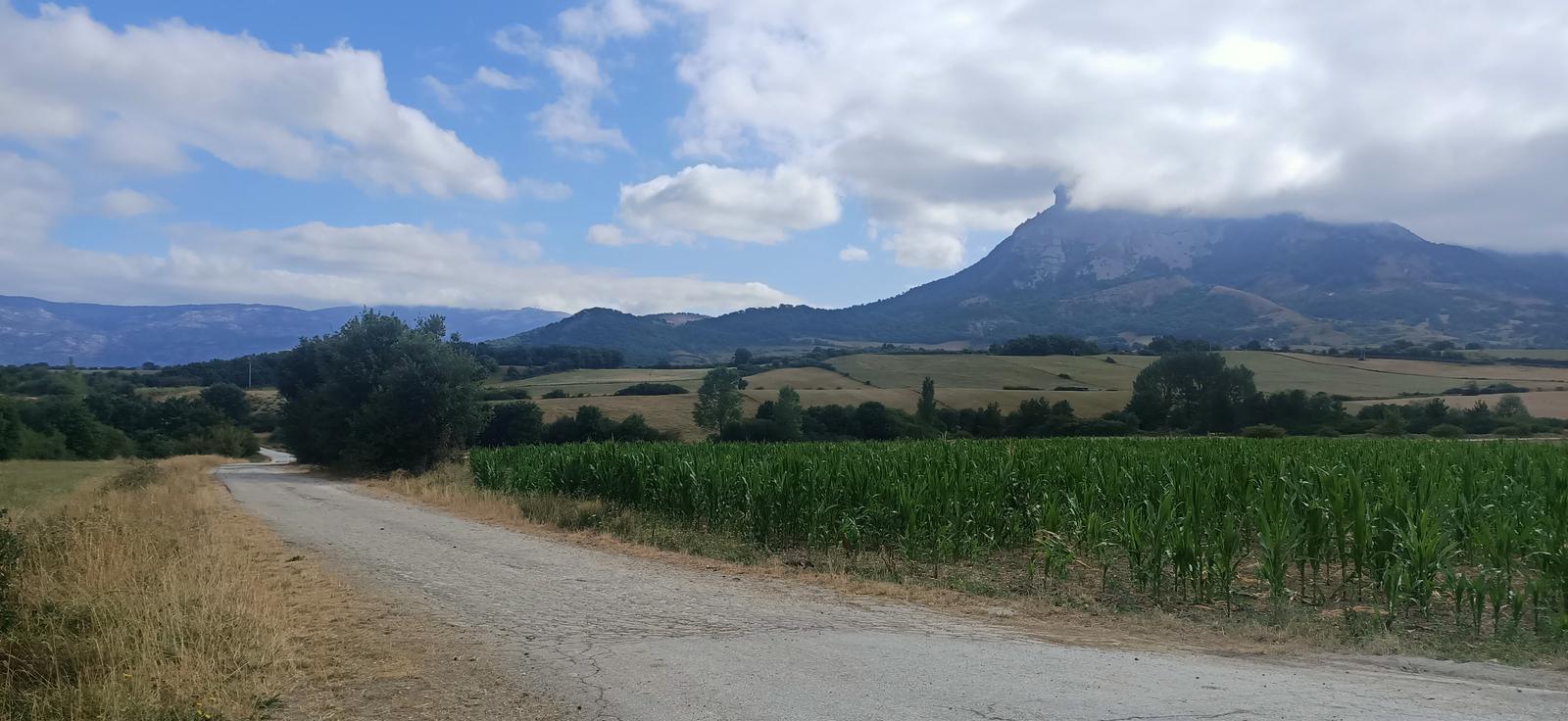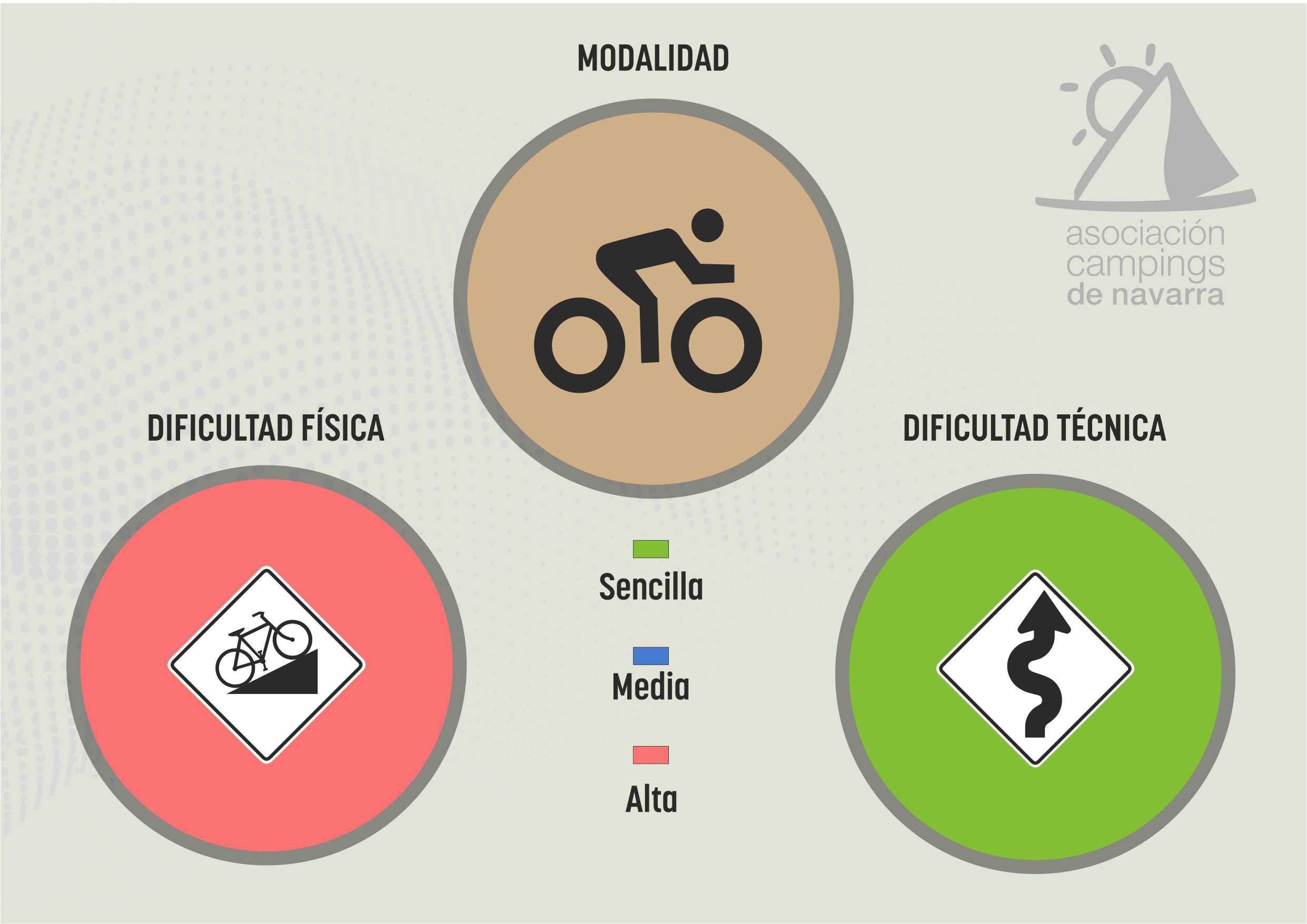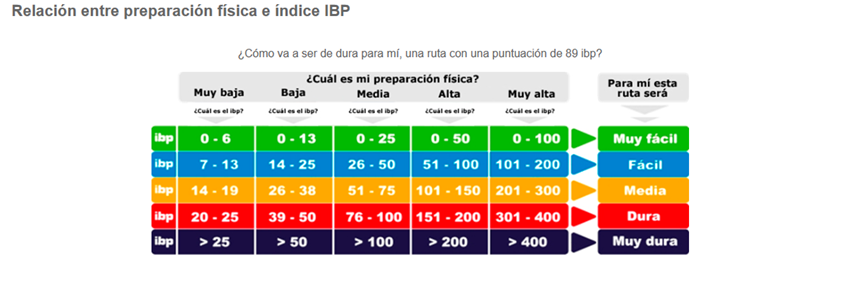The kilometers that separate these two campsites are scarce, but in this route that connects them we wanted to take the opportunity to cross the valley where they are located, Sakana, as well as one of the two typical mountain ranges of the area, the Sierra de Andia. The first part is very easy because the orography of the valley floor is very favorable and there are hardly any slopes. Once we reach the Ollo Valley, the orography begins to change until culminating with the ascent to the Puerto de Goñi, a climb that, without being excessively hard, will be the first point of interest of the day. Attention to the views of this small valley from the top of the mountain pass. We start the descent towards Tierra Estella through the Guembe pass, which we have already climbed in previous stages. This time we will quickly cross this region ascending the Lezaun pass and, practically without a break, the southern slope of Lizarraga, longer but much easier than its northern face. After a steep descent, we access Sakana again to head towards Etxarri Aranatz.

TECHNICAL DATA SHEET
Type: ROAD
Distance: 90.6 km.
Accumulated positive elevation gain (according to IBP index): 1,624 m.
Difficulty (IBP index): 94
DIFFICULTY

Physical difficulty: HARD
To define the physical difficulty of the routes we have used the IBP index.
IBP index is an automatic rating system that scores the physical difficulty of a route ridden on a mountain bike, road bike or gravel bike. This index is very useful to know the degree of physical difficulty of different routes by comparing them with each other.
It is important not to confuse the degree of physical difficulty of a route with the effort it will take to complete it: an IBP index of 60 will be a very hard route for an uninitiated person, normal for someone with average preparation and very easy for a professional.
In our case, we have taken as a reference a normal physical preparation to assess the physical difficulty of the routes.

Technical difficulty: EASY
For this section there is no mathematical formula that gives us a number, so the assessment is based on knowledge gained from experience.
We have defined the technical difficulty in 3 levels:
– Green color: simple. There is no notable technical difficulty on the route.
– Blue color: medium. We can find areas that present some technical difficulties. In the case of gravel routes, these will be areas with steep uphill or downhill slopes on non-compacted soil, sections of trail or soil in poor condition. In the case of MTB routes, they may be uphill or downhill sections of trail with some complicated passages, due to the state of the terrain or because they are natural trails with a very damaged floor. In both cases, these sections represent a small percentage of the total length of the route.
– Red color: difficult. In both gravel and MTB we find complicated areas such as those defined in the blue color, but with greater frequency and intensity.
On road routes the technical difficulty will always be green, but if the ground is wet or there are ice slabs present, the situation will change completely.
DOWNLOADS OF THIS ROUTE
MAP
RECOMMENDATIONS
- The Navarre Campsites Association does not guarantee the maintenance of the routes, so it is possible to encounter obstacles on the routes. However, if this should happen, we would appreciate it if visitors would let us know so that we can take this into account for the future passage of other people.
- It is highly recommended to carry the tracks in the GPS. In some remote areas it is easy to become disoriented.
- It is essential to carry plenty of water for all routes, especially in summer.
- The use of helmets is mandatory.
- Practice low-impact driving to avoid erosion.
- If you are going out unaccompanied, leave notice of the route you are going to take.
- The trails are shared with hikers and horseback riders. Always yield the right of way, these people have priority.
- If you find a livestock closure, leave it as you found it after your passage.
- Facilitates the passage of livestock on all roads.
- Avoid going out of the route indicated in the track to avoid accessing private properties or areas of high ecological value.
- Respect the environment and do not leave waste.
- Avoid shouting and disturbing wildlife.
- If you see a hunting sign, turn around and choose another road.
- Respect traffic regulations.
- Be respectful of people on village crossings.
And enjoy the routes of our campsites in Navarra!








